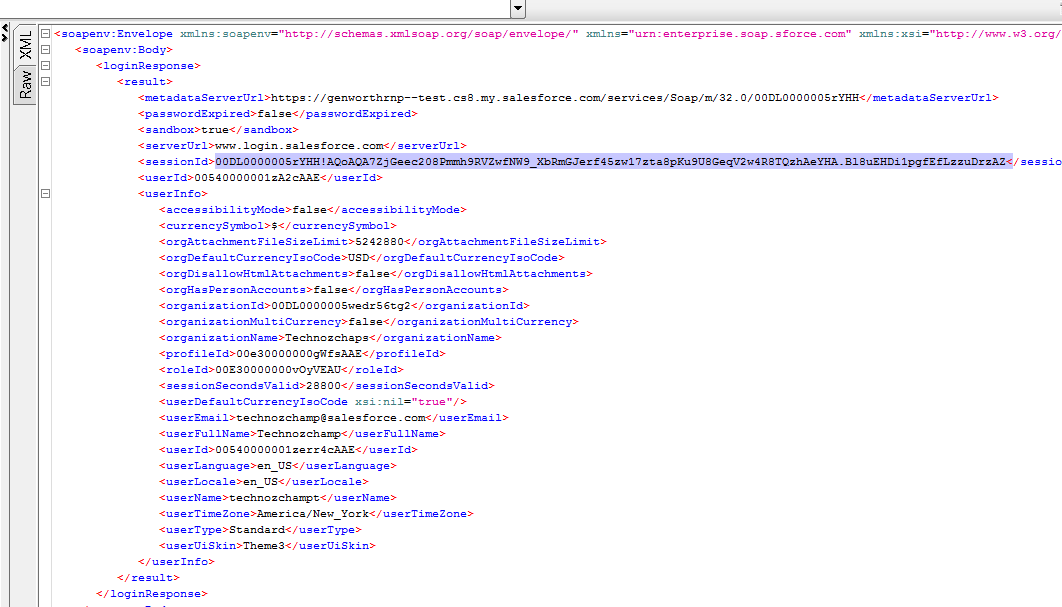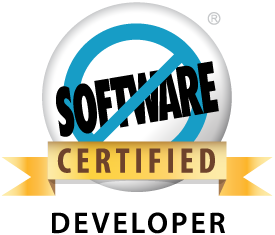Below are few of the error which are encountered while working with soql and assigning values to variables.
There are situations when we need to check for null conditions. when we query a sobject we must check the if the returened results are not null. Checking the null condition resolved many of the encountered errors. Lets see these with Examples
caused by: System.NullPointerException: Attempt to de-reference a null object
This Error is caused when there is no results in the query and the result is used which out checking the null condition.
Corrected Code-We need to add a check for null values to avoid this situation
System.SObjectException:
SObject row was retrieved via SOQL without querying the requested field:
Contact.Name
This Error is caused by using the field which is not queried in soql query.
Corrected Code-We need to include all fields in soql query which is being in code.
System.QueryException:
List has no rows for assignment to SObject
This error is caused when the query cannot get the result back.
Corrected Code-we need to check the where clause to see if the variable is not null















